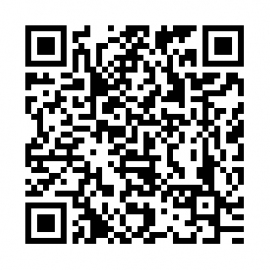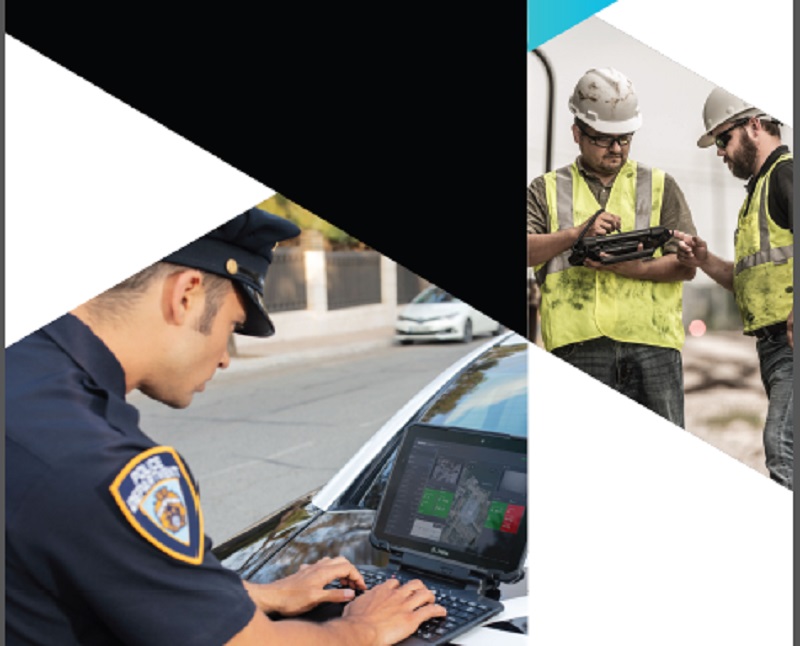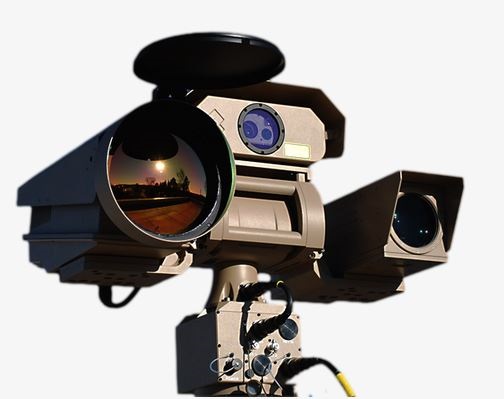There are two main symbologies for barcoding, 1D and 2D barcodes. A 1D barcode encodes only a few dozen characters that correspond with a reference number in a company’s database, and is often limited in its usefulness. A 2D barcode, on the other hand, encodes significantly more so that the information can be stored within the barcode rather than within a database. These 2D barcodes can store up to 4000 alphanumeric characters such as an item’s serial number, lot information and time stamp.
In comparison, a 1D barcode only relates to a single item and obtaining information related to that particular item often requires scanning multiple barcodes whereas 2D barcodes can store all the information so that it can be accessed with a single scan.
Since their introduction in the 1990s and adoption in the 2000s, 2D barcodes have appeared in many forms or symbologies. Four popular symbologies in the warehouse industry are the following:
- Data Matrix – With the ability to store over 3000 numeric of 2000 alphanumeric characters, data matrix has established its popularity amongst direct part marketing on small components.
- PDF417 – Portable Data File layers are multiple linear codes that appear on top of one another and is popular for use on pallet labels to encode shipping information, pallet numbers, gross weight, item part numbers and serial numbers.
- QR Codes – Storing up to 7000 numeric and 4000 alphanumeric characters is the QR code, an increasingly popular 2D symbology. QR codes have been used in everything from part serialization in the automotive industry to ads produced by marketing departments and more. You can read our article on QR code marketing here.
- Aztec – Aztec codes store up to 3750 ASCII characters and are popular amongst shipping companies. With their “bullseye” like appearance, the number of scans necessary to obtain the stored information is decreased and as a result, increases productivity.
- 2D barcodes have become extremely popular as a tool to meet compliance requirements in many industries. Both ePedigree and PTI compliance utilize 2D barcodes to maintain the required information along with product, and you can find out more about both of these mandates by reading some of our previous entries.






